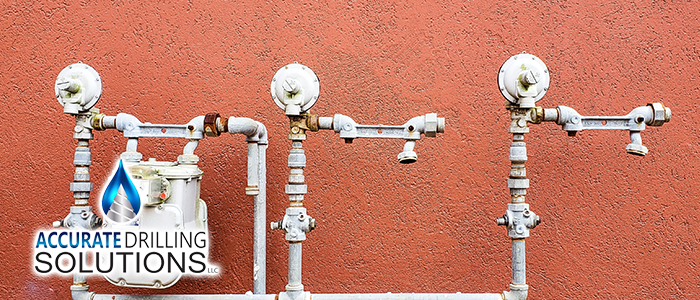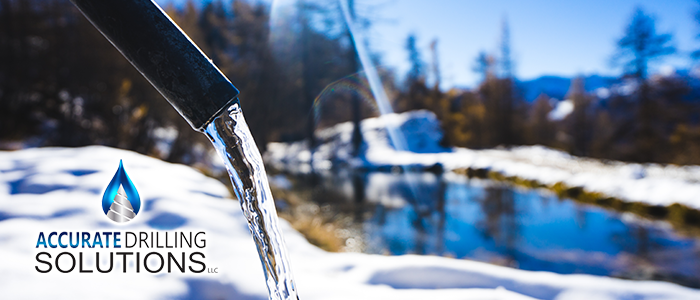
Whether you’ve experienced a recent drought or your property runneth over with standing water, the prospect of a dry well can creep itself into any homeowner’s mind suddenly and without warning. Your faucets may be running at a slower rate than before. You might find yourself staring down a tap that drips out when it should be filling your bathtub. What’s going on? Is your well running dry? If you’re lucky enough to have a well on your property, maintaining, a healthy yield is bound to be important to you. You may be tempted to simply use less water, but this isn’t the best approach. When your yield changes, it’s time to investigate the cause.
But don’t worry – with some key improvements, even low-yield wells can provide all that your family needs.
Can Aquifers Run Out?
Well, yes – Sometimes certain aquifers will have limited water supplies. Testing can be performed to check if this is the case on your property. Accurate pump tests are important, as home testing can provide mixed or inaccurate results. If you’ve determined that your aquifer is indeed providing you with a stingy well, there are some things you can do to improve the well’s output all the same.
Could it Be The Pump?
Yes! A faulty pump or a breakdown somewhere in your water line can absolutely mimic the effects of a well running dry. A low water level may have caused your pump to overheat, or it could have a blockage. Verifying the health of your pump is important to rule out any more severe problems.
If Your Well Really Is Low
Once you’ve determined that your well is the problem, it’s time to address the issues. The first thing you’ll want to do is verify that your pump’s low-pressure cut-off is operating as intended so that it doesn’t run when it is unable to pump water. Otherwise, it will overheat and melt the insulation, and damage other parts inside itself.
Shut-Off Probes
You may also consider protection in the form of shut-off and activation probes which tell your well directly to shut off when the water is below the pump and to turn on when the water has risen for at least fifteen minutes. Electronic pump protectors also provide solutions to protect your pump from run-dry scenarios.
Storage
Storage is perhaps the most important consideration you can make, however. Most well systems fed by pumps have a pressure tank, and it is essential that you verify that the tank can meet your peak demands for a period of seven minutes. Ideally, you should be seeking out a pressure tank with a capacity that is proportional to the difference between the GPM of your pump and your peak demand. A professional can help you make this calculation easily, ensuring that your pressure tank can meet the demands of a low-running well.
If your peak demand is greater than the capacity of your well, you will need to provide significantly more storage by means of either a large pressure tank or a storage system with its own booster pump. If you suspect your well and equipment are under-performing, don’t hesitate to call the professionals at Accurate Drilling to see what we can do to meet your capacity requirements.
continue reading
Related Posts
Port Richey Guide to Commercial Water Systems Businesses in Port
Englewood’s Winter Well Maintenance Checklist While Englewood and nearby Sarasota
Largo Businesses: Maximizing Your Pump System Performance For businesses operating







